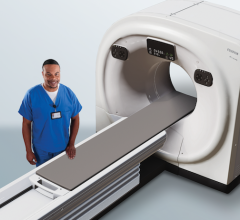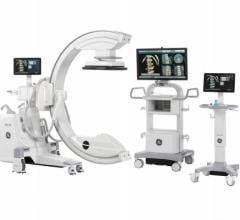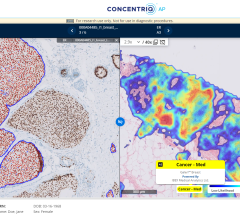
March 19, 2012 - Radisphere announced availability of its next “Quality Update” piece as part of its “The Final Read on Quality” initiative. In the piece titled “Preventing Wrong Events in Radiology,” now available at www.radisphere.net/ FinalReadonQuality, the case is made for utilizing the universal protocol in radiology to help prevent errors.
The Joint Commission has stated that correct patient identification is critical to patient safety and established “accurate patient identification” as its first National Patient Safety Goal in 2003. It required implementation of the Universal Protocol for Preventing Wrong Site, Wrong Procedure, and Wrong Person Surger in 2004. Originally developed to prevent errors in surgery, the Universal Protocol is useful in other areas, including radiology.
Why errors in radiology occur
Since radiology orders are often entered by administrative personnel, there can be a higher incidence of wrong events. These can include scheduling errors, scanning errors or inappropriate use of contrast agents. Communication problems with patients and technologists (e.g., dementia or cognitive problems, illegible handwriting or language barriers) also can increase error risks.
Below are three scenarios that illustrate these issues in detail:
1. A referring physician intended to order an MRI of a patient’s right knee, but the clerk entering the order accidentally selected the left knee. Because the technologist did not compare the order to the patient’s history, the wrong examination was performed.
2. Transport personnel relied only on a room number when taking a patient to radiology for a CT scan. Since the correct patient had been transferred out of the room, the new, non-communicative occupant was mistakenly transported. The technologist, who was behind schedule, hurriedly performed the examination on the wrong patient, never detecting the error. The negative test results were placed in the
record of the correct patient, preventing accurate diagnosis of a life-threatening pulmonary embolism.
3. An outpatient, who arrives for a CT scan, is given contrast agent during the procedure, even though they had disclosed a history of contrast allergy to the technologist. The patient suffers a serious allergic reaction that can be life-threatening. As a result, the patient requires an unplanned admission to the hospital.
“Regardless of the medical specialty or setting, specific training is required to prevent wrong events,” said Radisphere’s co-founder and Chief Medical Officer Frank Seidelmann, D.O. “Our Quality Management department works with hospital safety leaders to identify and mitigate risks associated with wrong events in radiology. The objective is to provide clients with support on important drivers of patient safety and performance improvement that can reduce errors over time.”
The aim of “The Final Read on Quality” initiative is to help hospitals improve patient care and radiology performance through ongoing quality efforts.
Radisphere works with rural and community hospitals to measurably improve quality and patient care, while managing costs. The company helps raise the levels of radiology services accountability, performance and satisfaction at hospitals.
For more information: www.radisphere.net


 August 06, 2024
August 06, 2024 








